How a good return policy can prevent transaction disputes.

If you process payments as a merchant retailer, it is a 100 percent certainty that you will have a dispute with a customer over the sale of one of your products or services at some point. No matter how well-trained your staff might be or how wonderful your customers are, chargebacks and other requests for refunds are an unavoidable part of doing business. However, taking pains to clarify your return policy can help to keep this evil to a minimum.
What are chargebacks?
In simple terms, chargebacks occur when a customer goes directly to their bank to request a refund for something they have purchased from you. Before the bank can initiate the dispute process, the customer must demonstrate that they attempted to address the situation with you first. However, if your return policy was unclear, hard to find or unavailable, the buyer will have no choice but to bypass a direct interaction with you in favor of filing a stress-inducing chargeback that can ultimately be very costly for your business.
Ways to enhance your return policy.
The most important thing to do is to compose a policy that is clear and easy to understand. Examine your return time frame, keeping in mind that customers who file a chargeback can wait for almost four months to do so. If your time limit is too narrow, many buyers will simply skip a conversation with you and go for the chargeback.
If an unhappy buyer does make an attempt to resolve the situation directly with you, approach the interaction with a smile, a positive attitude, and a ready solution. Although that may mean incurring a small cost, you will potentially avoid the major financial penalties and even possible account closure that can happen with too many chargebacks.
Along with a clearly written, thorough policy, include an FAQ section. Like it or not, many people will simply skip past all of your carefully composed verbiage and focus solely on your FAQs.
Prominently display testimonials from satisfied customers who have successfully returned products to you. Consumers tend to seek and listen to feedback provided by their peers, so be sure to feature legitimate reviews from happy customers that highlight how you worked with them to make them whole again after a dispute.
Finally, prominently display your product return policy in your store near the checkout station and on your website. This includes on your home page, in all product descriptions, near the “purchase now” button on your checkout page, and on the order confirmation email that you send right after the purchase has been completed.
Now that you have put the time and effort into crafting and displaying your return policy, be sure that you train all customer service and checkout staff. Field every question, making sure that staff members know what to do and who to contact if a problem should arise. Perhaps most important of all, deal with conflicts as soon as they come up. A prompt and friendly response often goes a very long way toward successfully resolving a dispute before it becomes a chargeback.
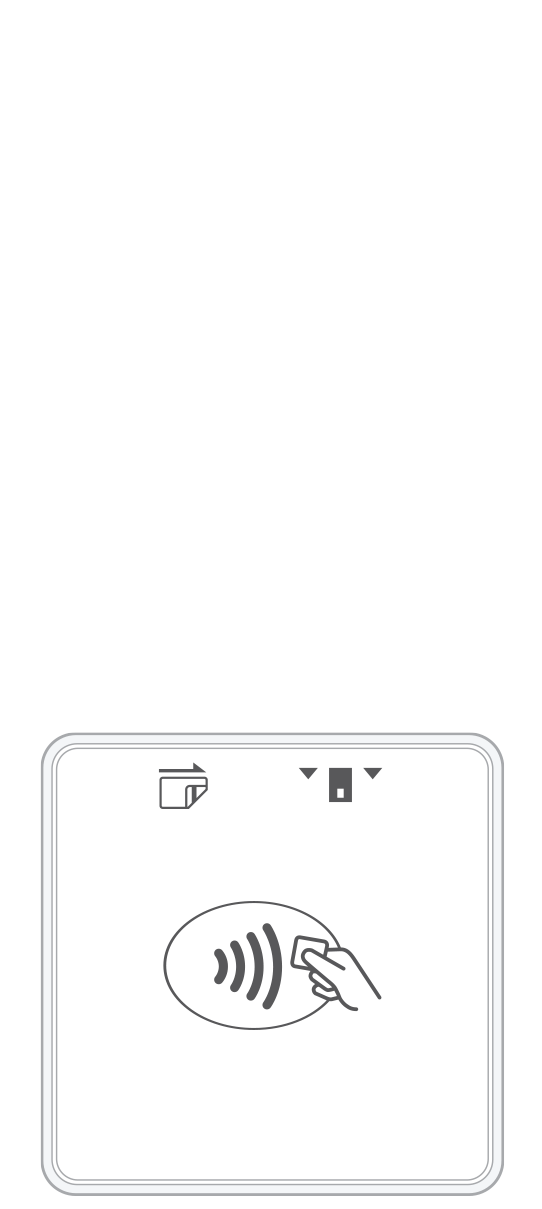 3-in-1 Reader | 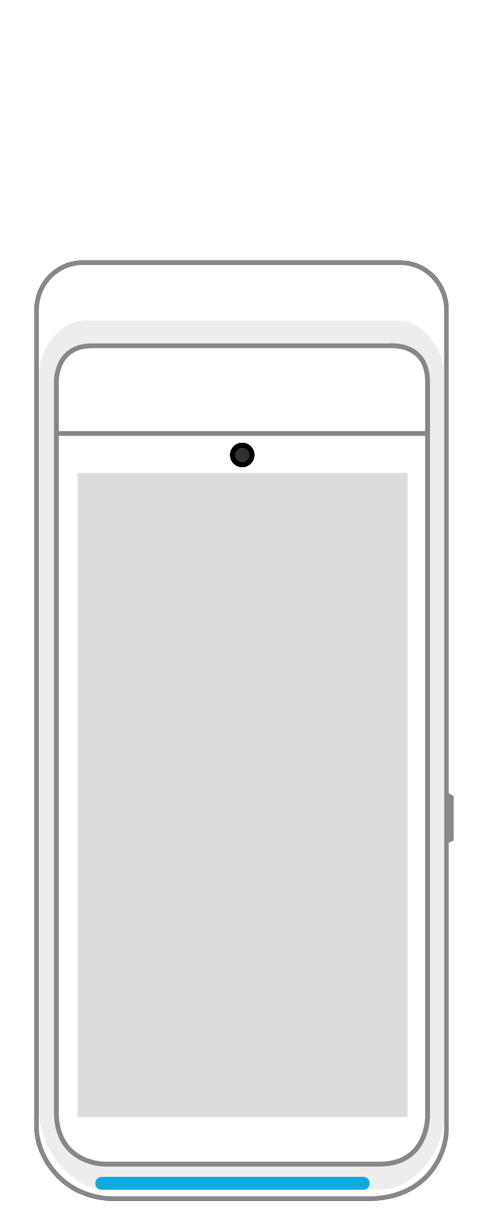 Terminal | 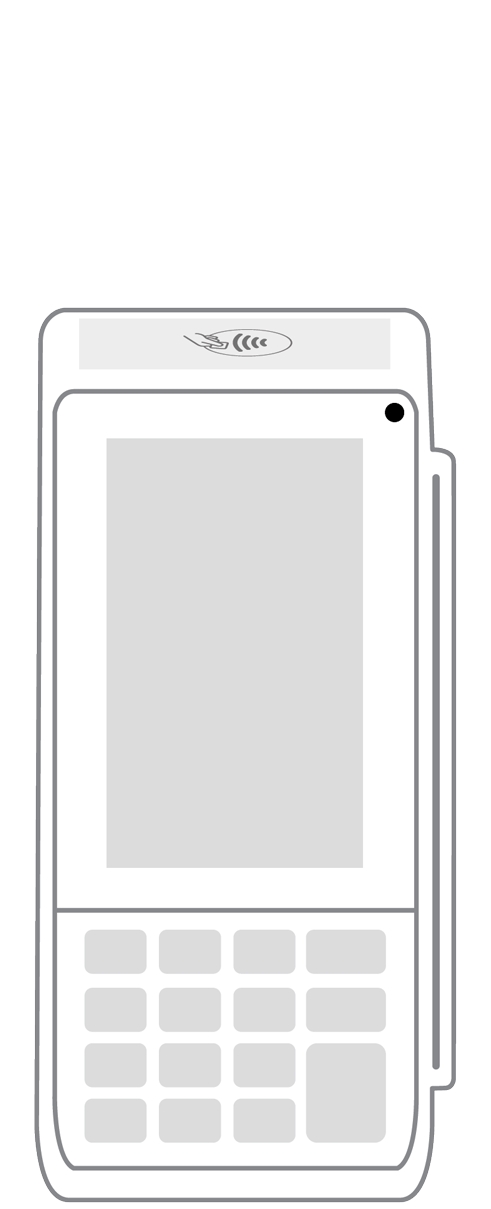 Keypad | 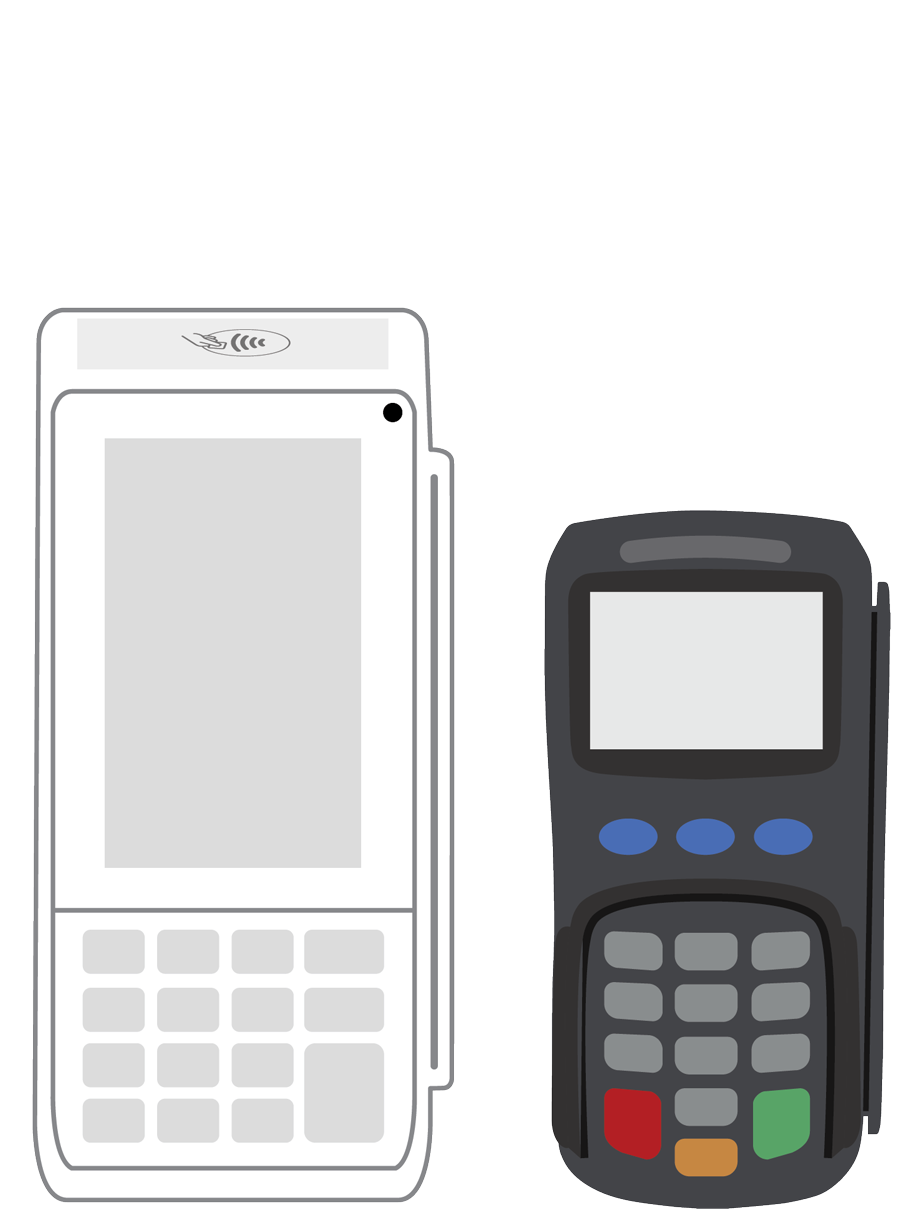 PINPad Pro | 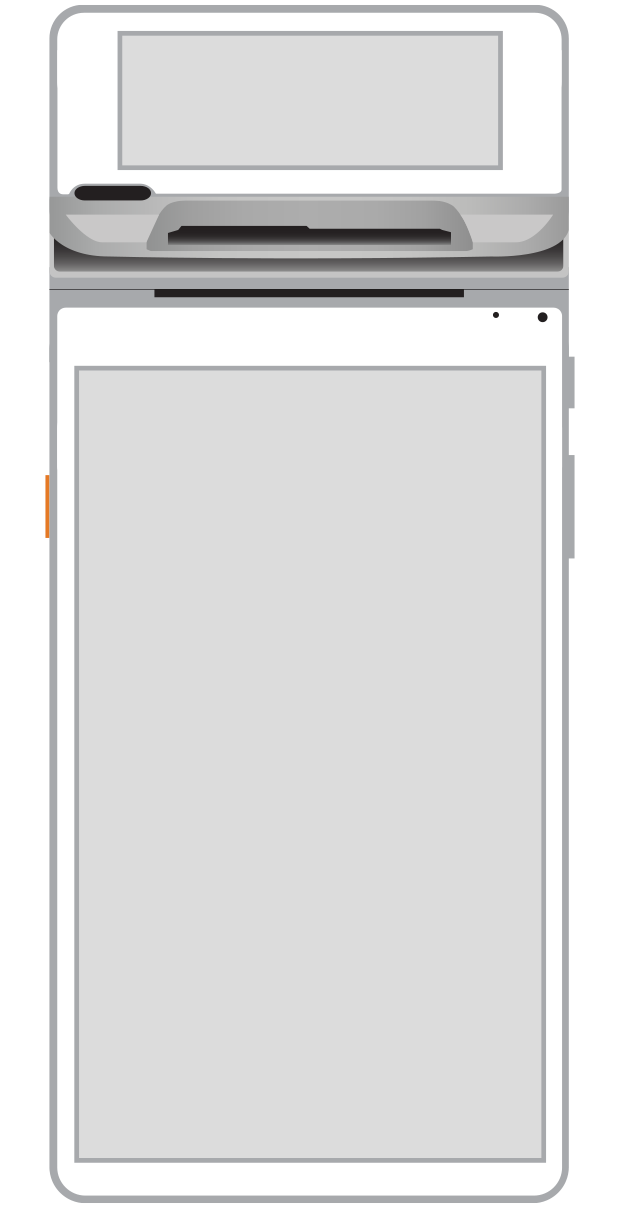 Flex | 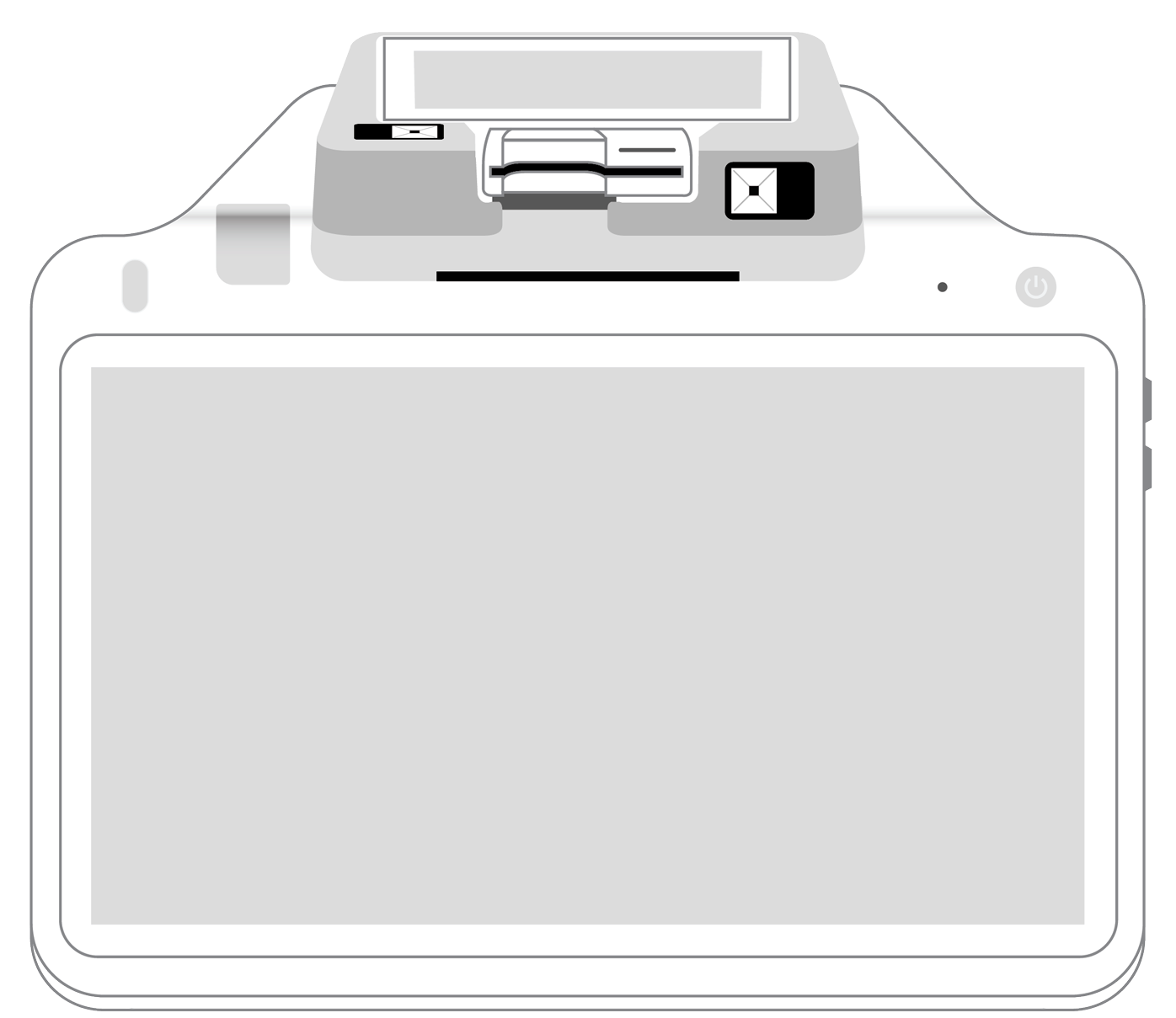 POS+ | |
|---|---|---|---|---|---|---|
Payment types | ||||||
EMV chip card payments (dip) | ||||||
Contactless payments (tap) | ||||||
Magstripe payments (swipe) | ||||||
PIN debit + EBT | ||||||
Device features | ||||||
Built-in barcode scanner | ||||||
Built-in receipt printer | ||||||
Customer-facing second screen | ||||||
External pinpad | ||||||
Wireless use | ||||||
Network | ||||||
Ethernet connectivity | With dock | |||||
Wifi connectivity | ||||||
4G connectivity | ||||||
Pricing | ||||||
Free Placement | ||||||